
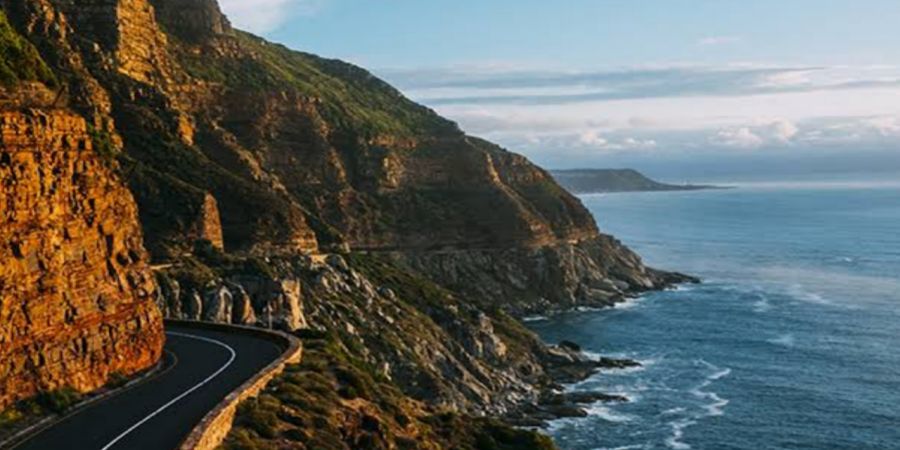
Hello bloggers, hope you all doing well in your busy life Today in this blog I am going to tell you about the interesting facts and circumstances of the Wonders of Untouched Nature - Cape Peninsula. The facts based on physiography dealing with Geomorphic processes & Geological features alongwith biogeography.
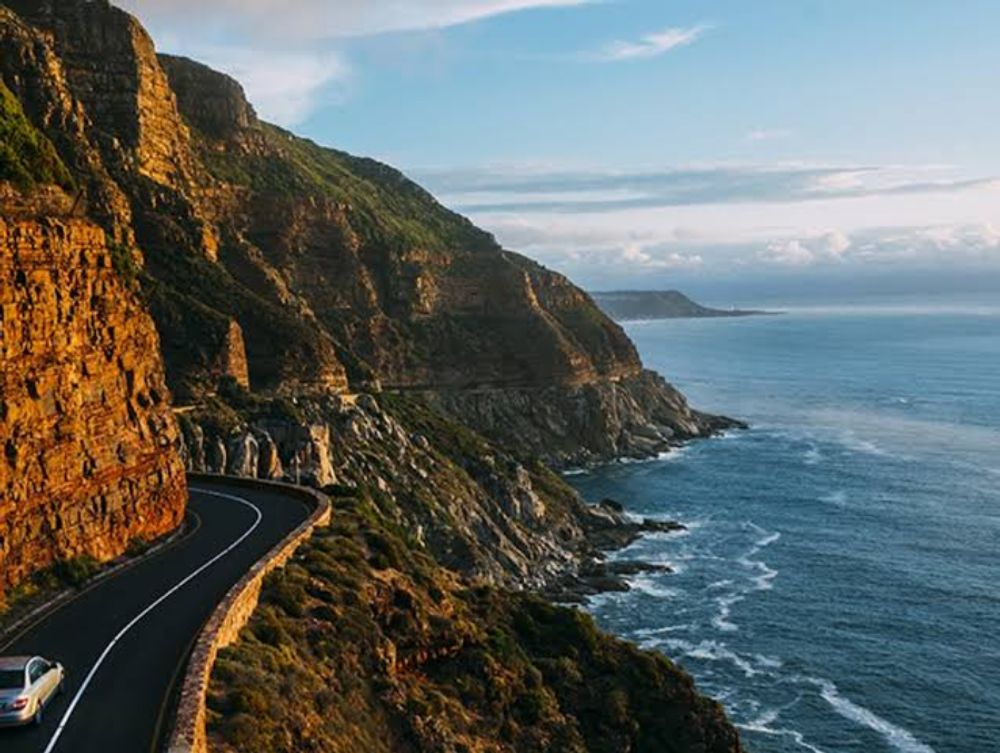
Physiographically, a disperate landscape of topographical heterogeneity, natural functioning ecosystem dealing with spectacular scenic beauty of physical features and habitat.
From the geographical point of view a L - shaped landmass is formed by erosion-resistent deposits position in the south-west corner of Africa.
Escaping from quartzitic sandstone mountains the highlands associated with delight plains and valleys underlain by soft shales. Mentaled at the coastal margin composed of siliceous and calcareous sediments.
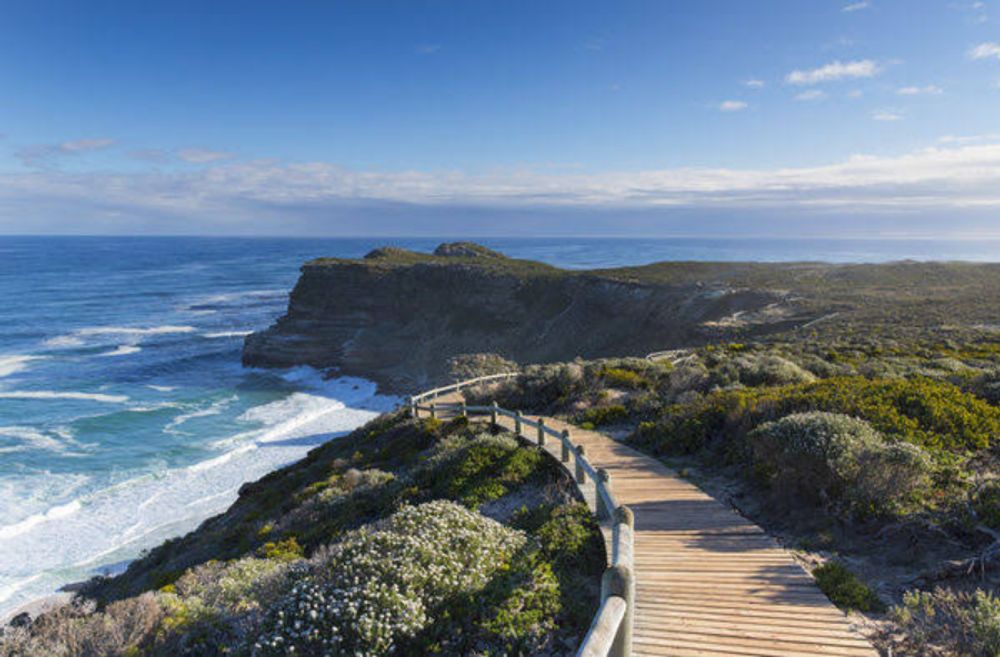
Geologically the topographical features are associated with salves and sandstone of Cape Supergroup as well as predominant rocks of Folded belt. Owing to the geological formations the landscape has a rich diversity of rocks and minerals where the inland sea floating around its sediments consist of granites.
While on the other hand, Cape Granite Suite represent from the ancient foundation of geological inputs exposed many lower slopes of Peninsula Mountains.
Nevertheless, Cape Peninsula has a greatest diversity of topographical heterogeneity of compact regions belonging to the southern escarpment of Africa.
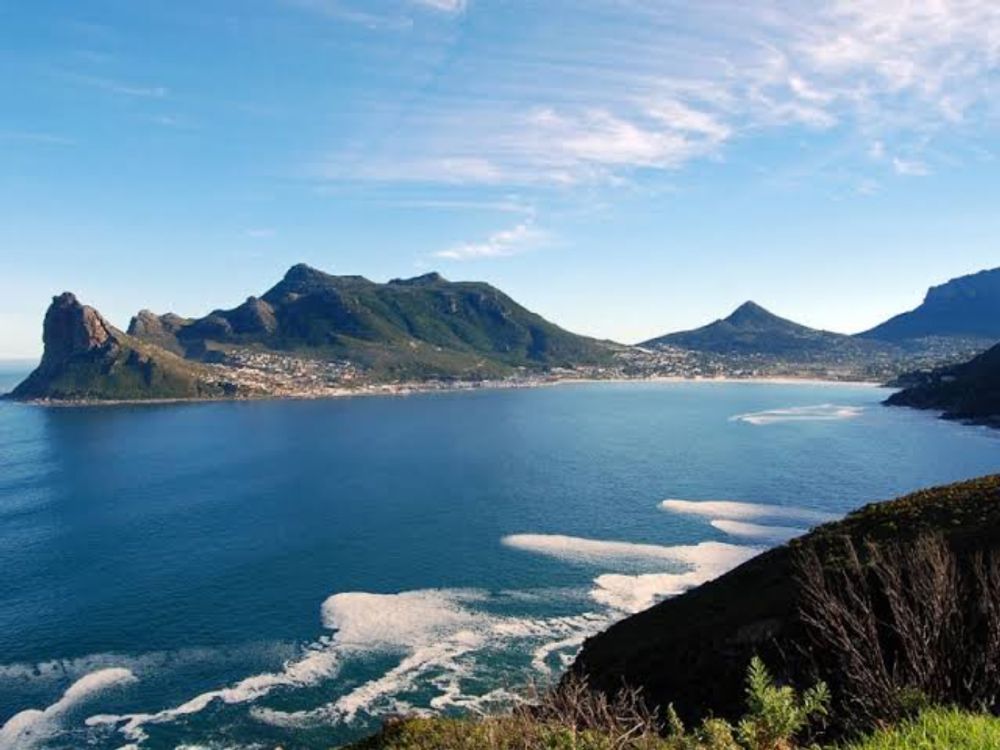
Internationally, dominated of two wonderful hub of landscapes one is Table Mountain and Cape point. Enthusiastic Pannisula Mountain Chain has been detached from North South direction of Folded Belt.
Geomorphologically, the tarrien is dominated by sandstone plateaux and high altitude of Table Mountain rigdes. These mountainous ridges are debris-covered, sand and gentle slopes covers the softer sediments and Tartiary deposits like Miocene clays are poorly drained on the Peninsula.
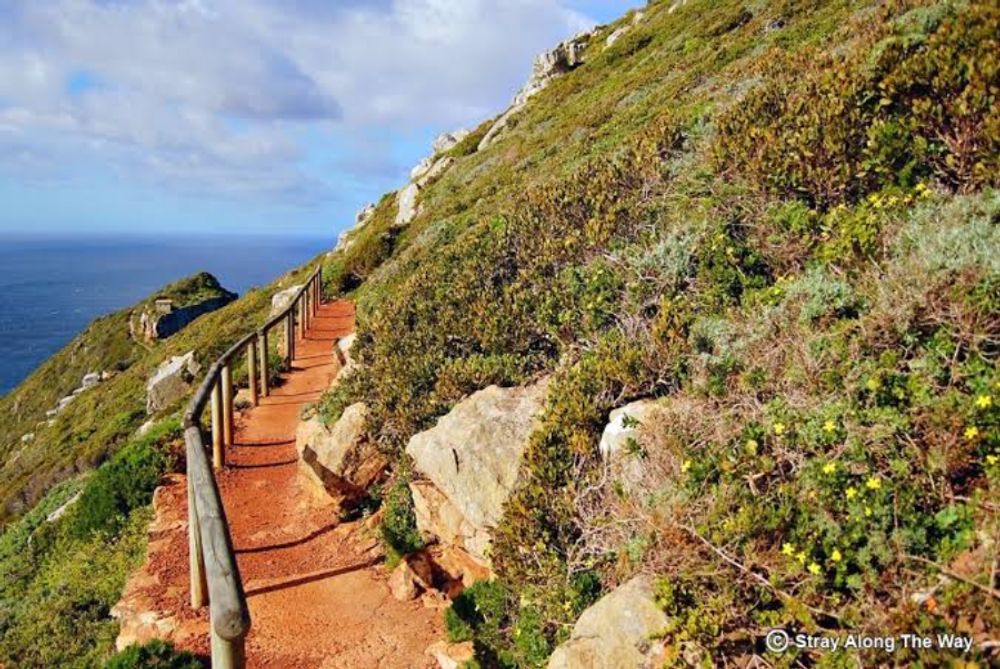
Escaping from the Cape Supergroup has been demarcated of various geological forms including narrow beds composed of medium-grained sandstones & mudstones and massive bed is comprised of pure quartzitic sandstones.
Noteworthy several small caps has been covers with Quaternary deposits in the upper layer of Mountain Chain, while observing from the north-east breathtaking site of the Pannisula the site is completely featureless because of sand-mentled Cape flats.

Landscaping from sandstone plateaux there has been found different of impoverished soils which are comprised of shallow, acidic and leached soils are being deficient in the development of losing nutrients. These residual soils are well drained in the extensive areas of impeded drainage during the winter months.
Whereby discovering the geomorphic forms different types of soils has played a key role in the formation of Cape Peninsula in which deep soils found in the region has less acidic and rich in nutrition.
To be continued
Thank You For Reading










